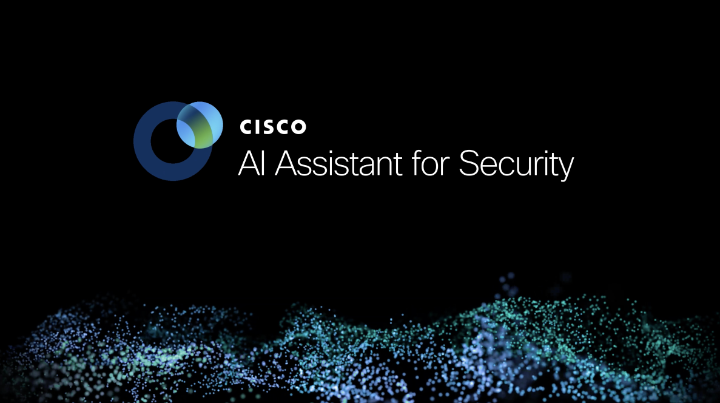
12-6 #Recap : SMIC is reportedly pushing forward with its 5nm technology; Apple’s work on implementing 6G cellular connectivity on its devices appears to be ramping up; IBM and Meta launched the new AI Alliance; etc.

Samsung reportedly purchased chips worth USD6.943B in the first 3 quarters of 2023. The total spending in 2019 was just USD2.3B, so the amount has almost quadrupled over the past 4 years. It spent USD4.3B in 2020, USD4.8B in 2021, and USD7.1B in 2022. The Q1-Q3 total for this year is 10.4% higher compared to the same period last year. So the total amount for 2023 may surpass USD8B. The growing share of Qualcomm and MediaTek processors in Galaxy smartphones and tablets added to Samsung’s chip expenses in recent years. The company may salvage the situation a little in 2024 thanks to the return of flagship Exynos solutions. The Galaxy S24 and Galaxy S24+ will ship with the Exynos 2400 in some markets, including Europe and India. The US and a few other regions will get the Snapdragon 8 Gen 3. (Android Headlines, Twitter)
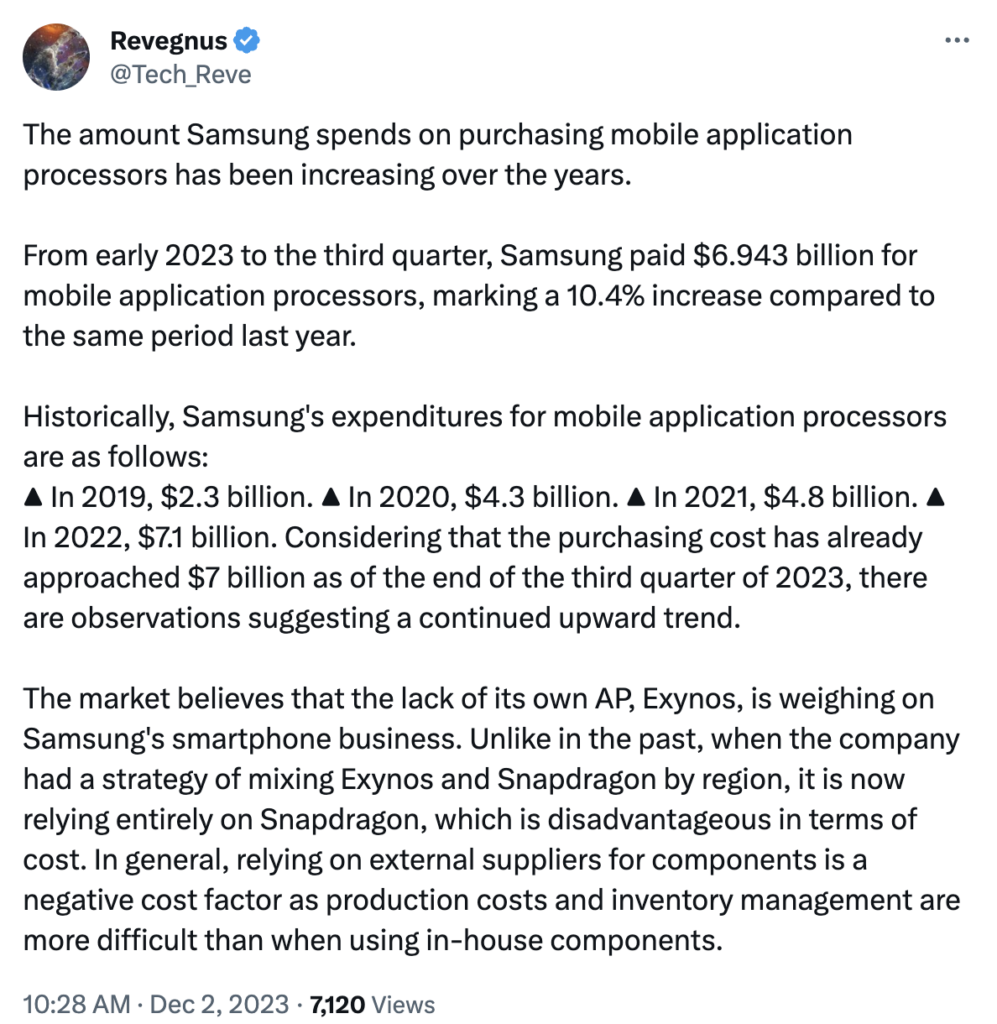
Apple has announced that Amkor will package some Apple silicon chips at its new facility being built in Peoria, Arizona. The chips will be produced at a nearby TSMC factory, and then Amkor will handle packaging, a final step that protects the chip from physical damage. Amkor will invest approximately USD2B in the facility, which will employ more than 2,000 people once it is completed. Amkor has announced that it plans to begin limited production at the facility within the next 2-3 years. The company said it applied for CHIPS funding from the U.S. federal government to help fund the project. (MacRumors, Apple, Amkor, AnandTech)
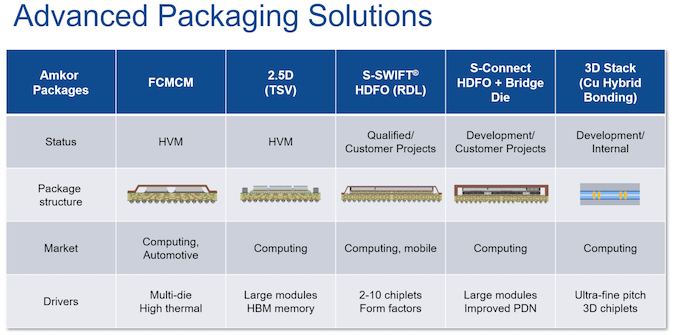
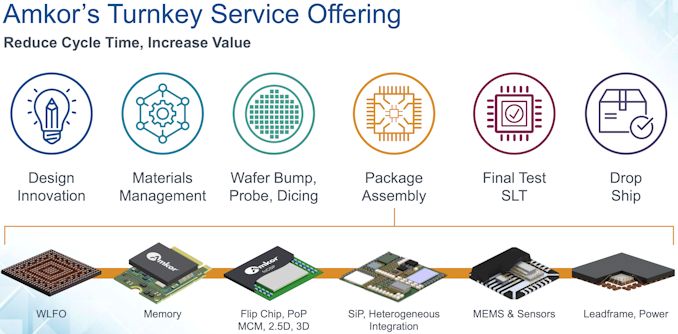
IBM has debuted “IBM Quantum Heron”, the first in a new series of utility-scale quantum processors with an architecture engineered over the past 4 years to deliver IBM’s highest performance metrics and lowest error rates of any IBM Quantum processor to date. IBM has also unveiled IBM Quantum System Two, the company’s first modular quantum computer and cornerstone of IBM’s quantum-centric supercomputing architecture. The first IBM Quantum System Two, located in Yorktown Heights, New York, has begun operations with three IBM Heron processors and supporting control electronics. As demonstrated by IBM earlier 2023 on a 127-qubit “IBM Quantum Eagle” processor, IBM Quantum systems can now serve as a scientific tool to explore utility-scale classes of problems in chemistry, physics, and materials beyond brute force classical simulation of quantum mechanics.(CN Beta, Nature, IBM, The Guardian)
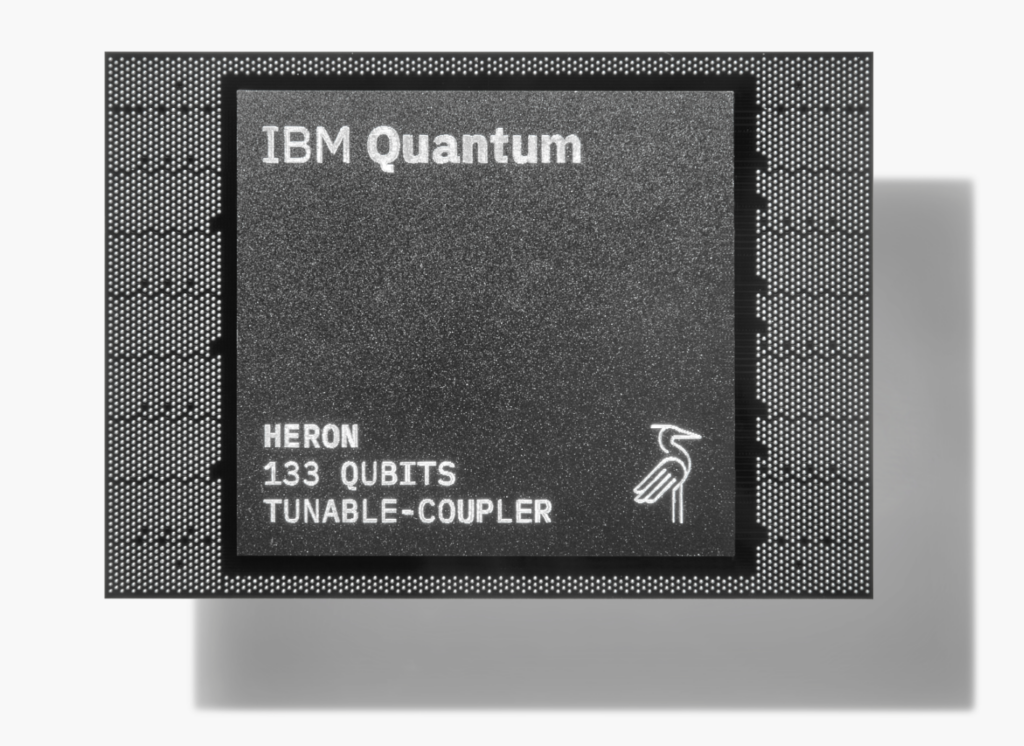
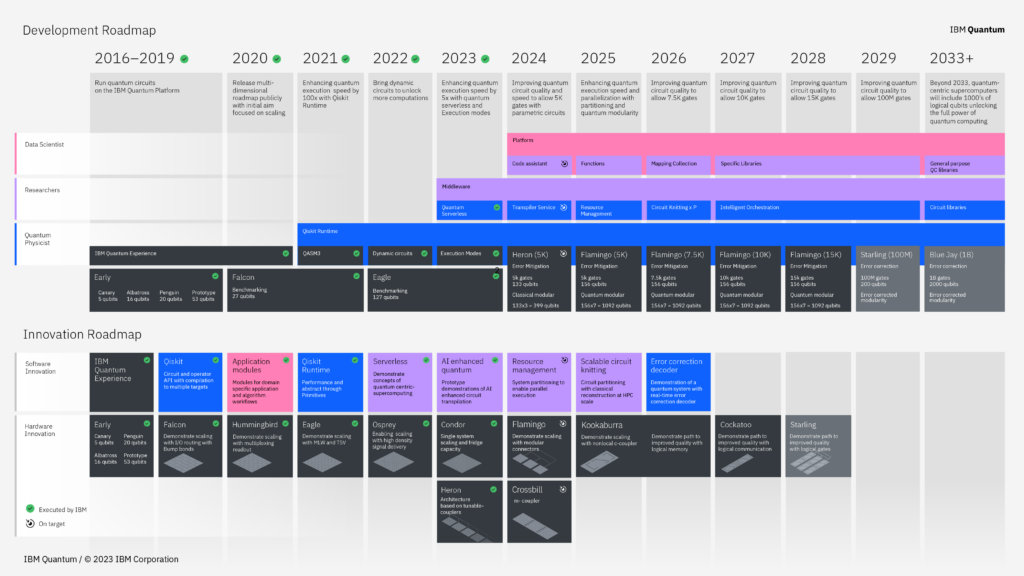
ASM International, a supplier to computer chip makers, will invest EUR300M (USD324M) in expanding its research and development (R&D) operations in Arizona, the company’s largest R&D hub. CEO Benjamin Loh said the decision was made in part due to ASM’s current presence in Arizona, and in part due to the state’s growing importance as a semiconductor manufacturing hub. He has said that Intel and TSMC are some of their biggest customers, so being able to collaborate with them on R&D benefits the whole semiconductor industry and supply chain. The company will build a new facility, including a laboratory and clean room, on a 21 acre (8.5 hectare) site in Scottsdale by 2026. ASM is the biggest seller of Atomic Layer Deposition (ALD) tools, used by chipmakers to form ultra-thin layers of material on silicon wafers. (CN Beta, Reuters, Bloomberg Law)

SMIC is reportedly pushing forward with its 5nm technology. However, instead of manufacturers such as TSMC that use advanced EUV machinery, SMIC is being forced to mass produce those ‘cutting-edge’ wafers on its existing DUV equipment, which will likely become a costly venture for the company. SMIC may receive billions of dollars worth of government subsidies to successfully advance its 5-nanometer process; expected production volumes are not yet clear. The parts supply for the deep ultraviolet process (DUV) cannot keep up with demand in China, and this particular market is expected to increase further. In addition, SMIC is preparing its 5nm process through DUV, and the photomask usage is expected to increase further. (CN Beta, Wealth, WCCFTech, The Elec)

Ford Pro, the commercial division within Ford Motor Company, and Xcel Energy, a national leader in clean energy, announced a unique collaboration to support the deployment of 30,000 electric vehicle (EV) charging ports in Xcel Energy service territories across the U.S. by 2030 with most upfront costs offset by Xcel for qualifying business fleet customers. Ford Pro and Xcel Energy are launching the 30×30 initiative within Xcel Energy’s broader Electric Vehicle Supply Infrastructure (EVSI) program to scale EV adoption and increase access to charging infrastructure for business fleets across Xcel Energy’s service areas in the U.S.(The Verge, Ford, Reuters, Detroit Free Press)
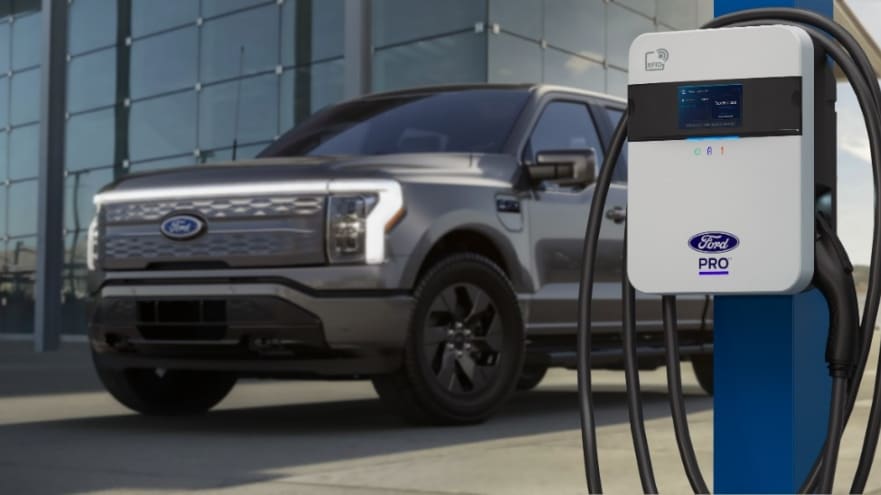
General Motors, along with its partners EVgo and Pilot Travel Centers, have announced that the first new stations of its “coast-to-coast” EV charging network will open before the end of 2023. The companies have announced the opening of 17 stations. Before the end of 2023, at least 25 stations will be open, with around 100 charging stalls in total. Some of the stalls will have DC fast-charging capacities of 350kW, which can deliver more than 200 miles of range in just 10 minutes. GM, EVgo, and Pilot Flying J anticipate installing at least 2,000 charging stations over the next few years. The companies said they expect to install 200 more EV charging stations by the end of 2024. (The Verge, Electrek, GM Authority, PR Newswire)
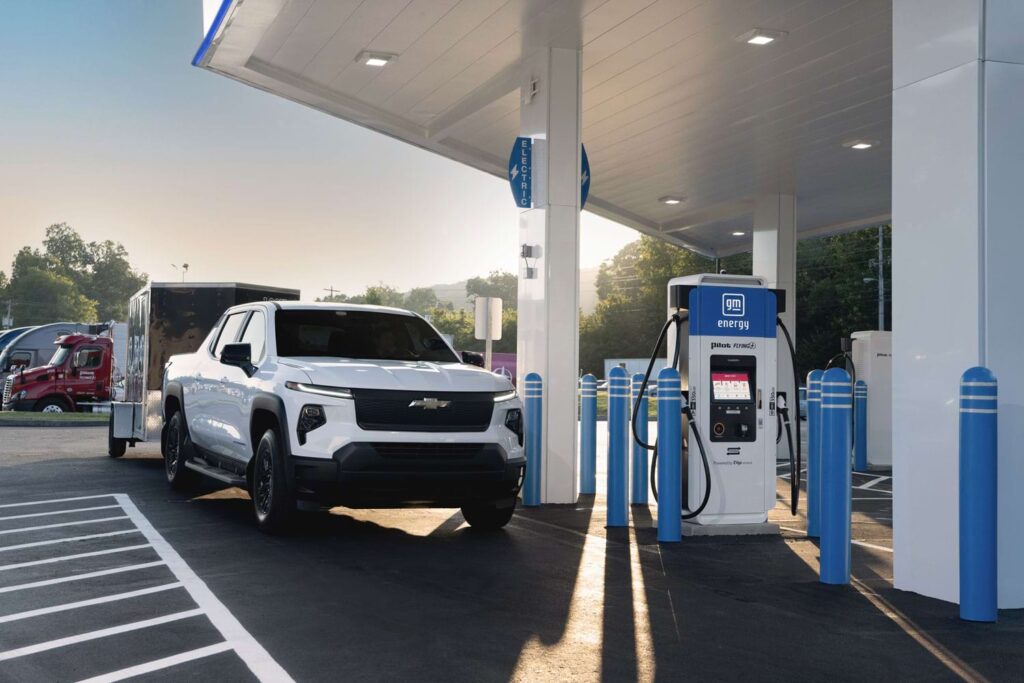
Rivian CFO Claire McDonough has announced a new battery pack is coming on the R1S and R1T in 2024. The new simplified battery pack might allow Rivian to lower the starting price of R1 vehicles below the USD70,000 threshold. Claire McDonough also said Rivian’s assembly lines will stop for several weeks in 2Q24 to prepare for the introduction of the new batteries and configurations on R1 vehicles.(InsideEVs, Gizmo China, Electrek)
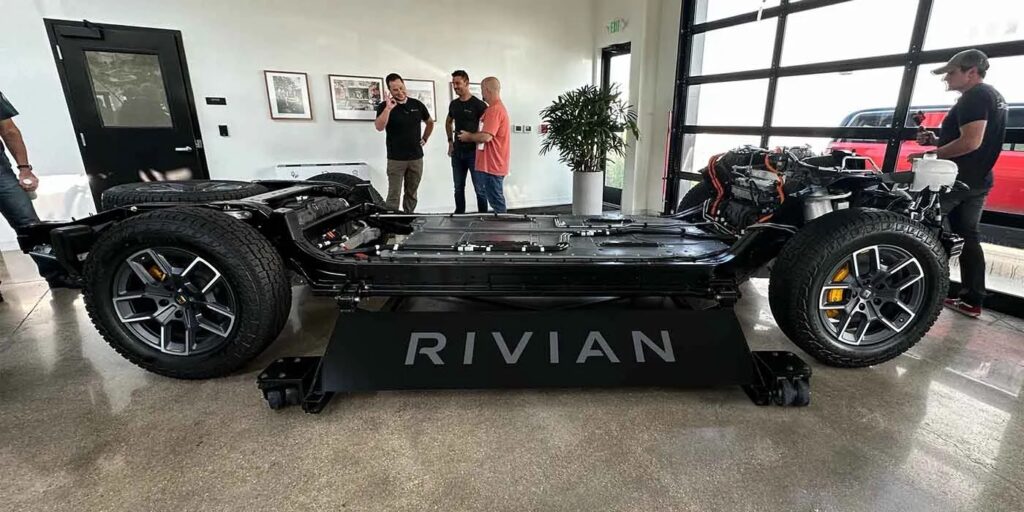
Apple has allegedly communicated to its component suppliers that it wants to obtain batteries from Indian factories for the upcoming iPhone 16 line, in a push away from China. Battery producers like China’s Desay have been urged to establish new factories in India and Simplo Technology, a Taiwanese battery supplier for Apple, has been prompted to increase its production capacity in India to fulfill upcoming orders. The Indian government has announced hat TDK Corp, a Japanese electronic parts manufacturer, will produce lithium-ion (Li-ion) battery cells for Apple iPhone devices in India. TDK is set to establish a manufacturing facility in the northern Indian state of Haryana. (Apple Insider, Business Times, ABP Live, Twitter)
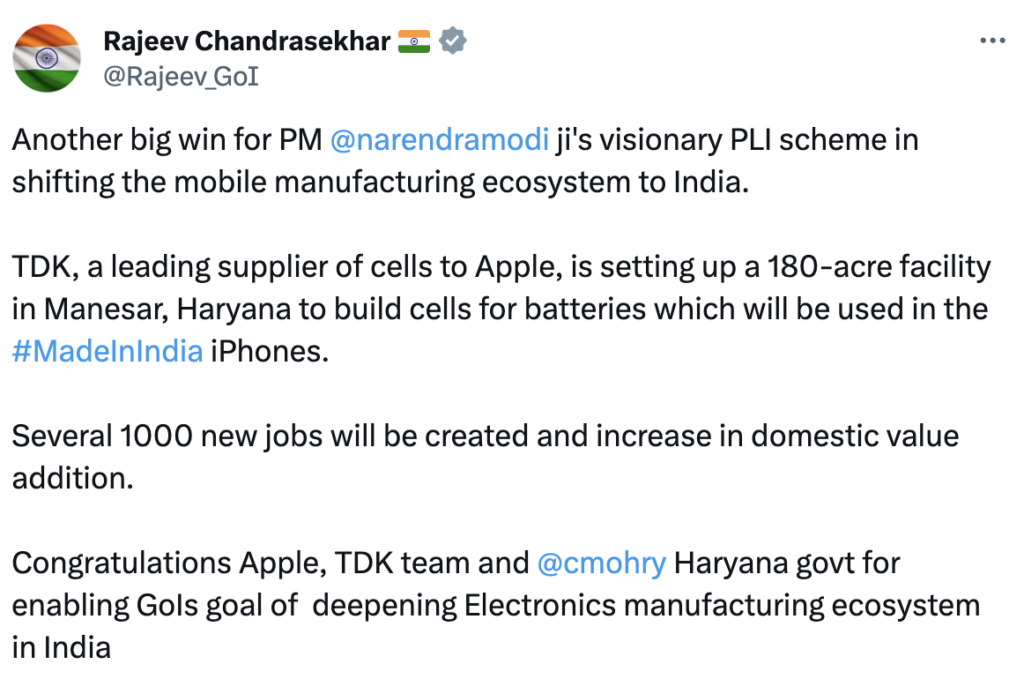

Apple’s work on implementing 6G cellular connectivity on its devices appears to be ramping up, according to Bloomberg’s Mark Gurman. Gurman explained that Apple is increasingly turning its attention to 6G, even amid its widely reported difficulties developing a custom 5G cellular modem. Carriers are already working on next-generation 6G networking. In late 2020, Apple joined the Next G Alliance, an industry group set up by the Alliance for Telecommunications Industry Solutions (ATIS) that seeks to “advance North American mobile technology leadership in 6G and beyond over the next decade, while building on the long-term evolution of 5G”. (Bloomberg, MacRumors)
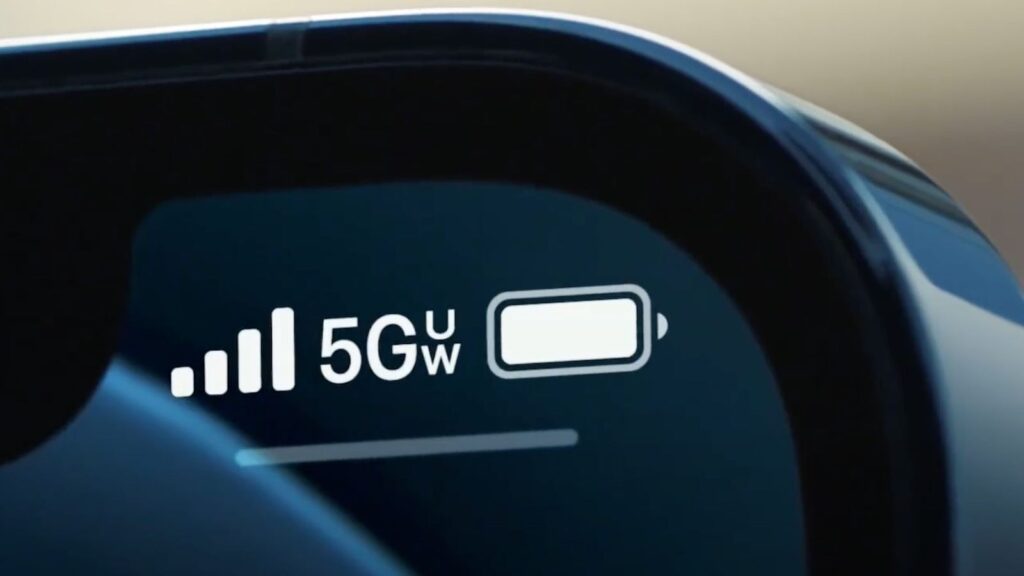
There are now over 1B monthly active users with RCS enabled in Messages, and Google is celebrating by adding a ton of whimsy to the app across emoji (with Photomoji), voice recording, and customization. Google Messages now lets user customize the bubble color and background (including the app bar) on a per-conversation basis. The latter adopts a lighter shade than your bubble, while the other person remains white (or gray). Google also pitches Custom Bubbles, which are synchronized between you and the recipient, as helping “avoid accidentally texting your family group chat a weekend update meant for your friend”. Google is also making official the voice message redesign with Noise Cancellation, while it improved the “overall audio quality of voice messages by increasing the bitrate and sampling rate”. (The Verge, Google, 9to5Google)


Smartphone sales are expected to make a strong comeback starting in 2024, defying predictions of a prolonged slump in the mobile sector. According to separate projections by Goldman Sachs and Morgan Stanley, global smartphone shipments are set to rebound by nearly 4% in 2024 and by 4.4% in 2025. Morgan Stanley’s report suggests that the driving force behind the smartphone turnaround will be the emergence of new on-device AI capabilities. The investment bank has raised its projections for 2025 worldwide phone volumes, citing the significant potential of edge AI. Despite the positive outlook, there is still uncertainty surrounding the development of a “killer app” for Edge AI. Morgan Stanley compares this situation to the emergence of breakthrough applications in desktop and mobile internet, which typically take 1-2 years to develop. However, the investment bank believes that Microsoft’s CoPilot could lay the foundation for popularizing AI at the edge. Goldman Sachs estimates that global smartphone volumes will experience a 5% year-on-year decline in 2023, reaching 1.148B units compared to an estimated 1.206B phones shipped the previous year. However, the investment bank predicts that momentum will rebuild in 2024 and 2025, driven by new product launches. It forecasts a 3% rise in worldwide smartphone shipments to 1.186B in 2024, followed by another 5% increase to 1.209B in 2025. (TechCrunch, Seeking Alpha, GVS)
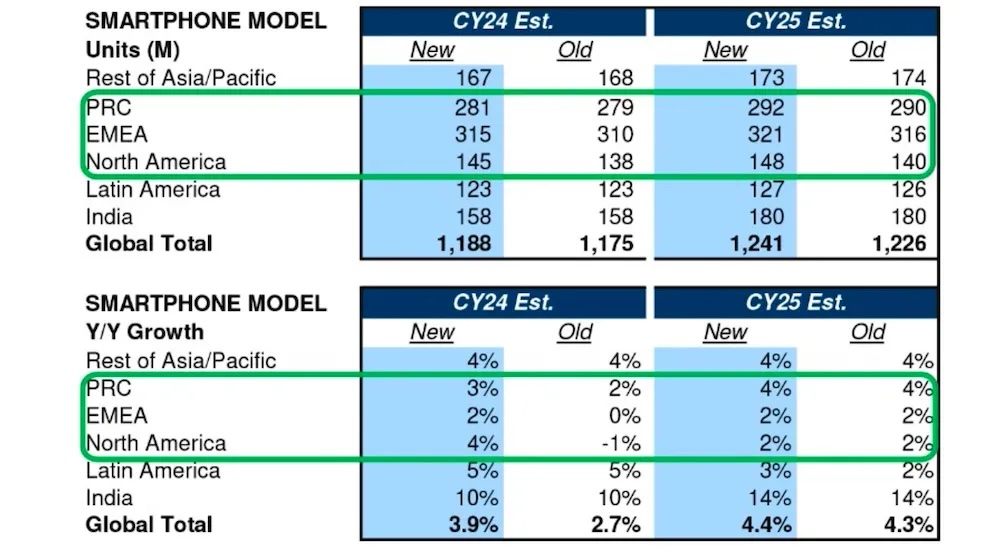
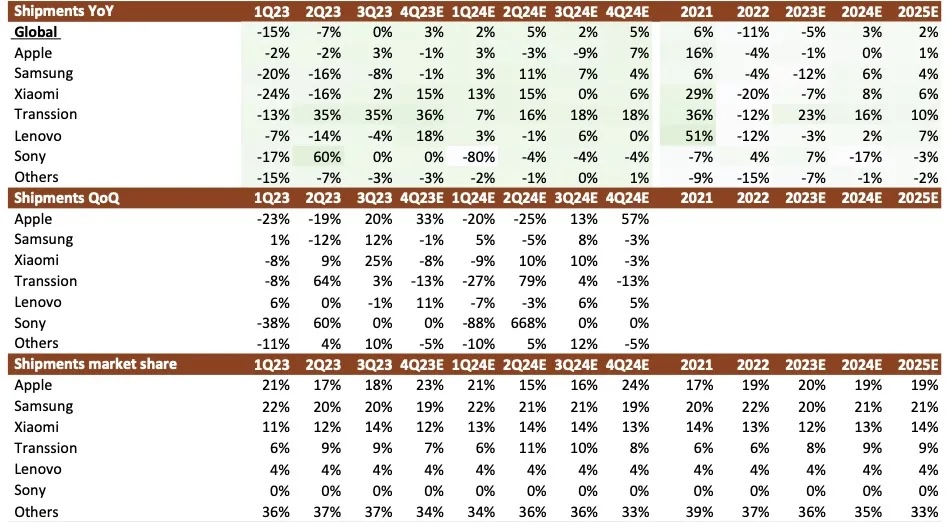

Worldwide shipments of wearable devices grew 2.6% YoY during the 3Q23 and reached an all-time high for the third quarter of 148.4M units, according to IDC. Total volume even surpassed shipments in 3Q21 (142.1M) and 3Q22 (144.6M) when sales were driven by pandemic-related spending. The growth is largely attributed to the rise of smaller brands and emerging categories. It has been a decade since the wearables market got off the ground and while there has been some consolidation, the market still has plenty of diversity in terms of brands and form factors. Health and fitness tracking has come a long way since the original Fitbits and Pebble watches but the greatest driver of wearables has been the emergence of smaller and sleeker designs. Smart rings from newer brands such as Oura, Noise, BoAT, Circular and others are expected to jumpstart the new form factor in the coming quarters while also putting pressure on the incumbent brands to innovate on health tracking. (Gizmo China, IDC)
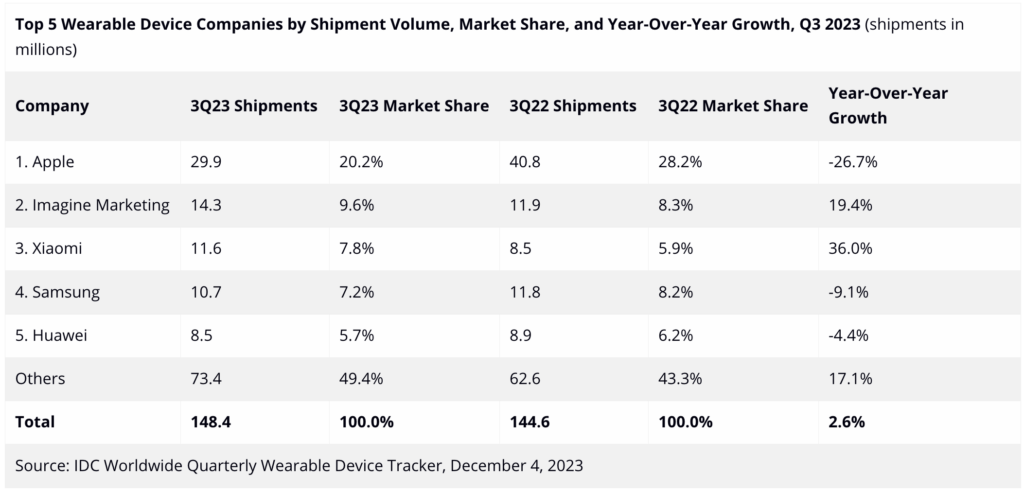
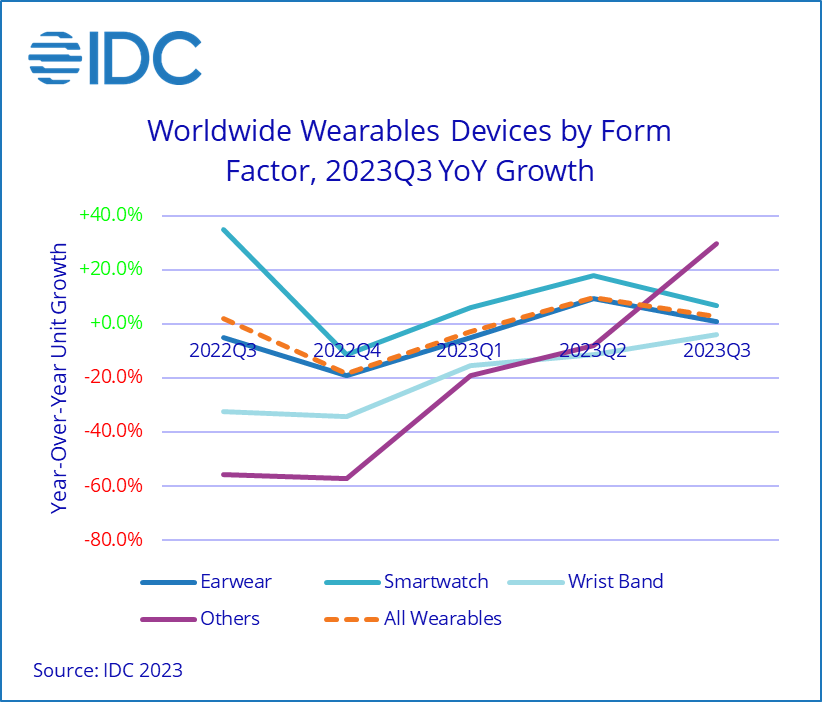

IBM and Meta launched the new AI Alliance, in collaboration with more than 50 founding members and collaborators around the world, including AMD, Sony Group, and Intel. The AI Alliance, it says, “is focused on fostering an open community and enabling developers and researchers to accelerate responsible innovation in AI while ensuring scientific rigor, trust, safety, security, diversity and economic competitiveness. By bringing together leading developers, scientists, academic institutions, companies, and other innovators, we will pool resources and knowledge to address safety concerns while providing a platform for sharing and developing solutions that fit the needs of researchers, developers, and adopters around the world”. (VentureBeat, AI Alliance)
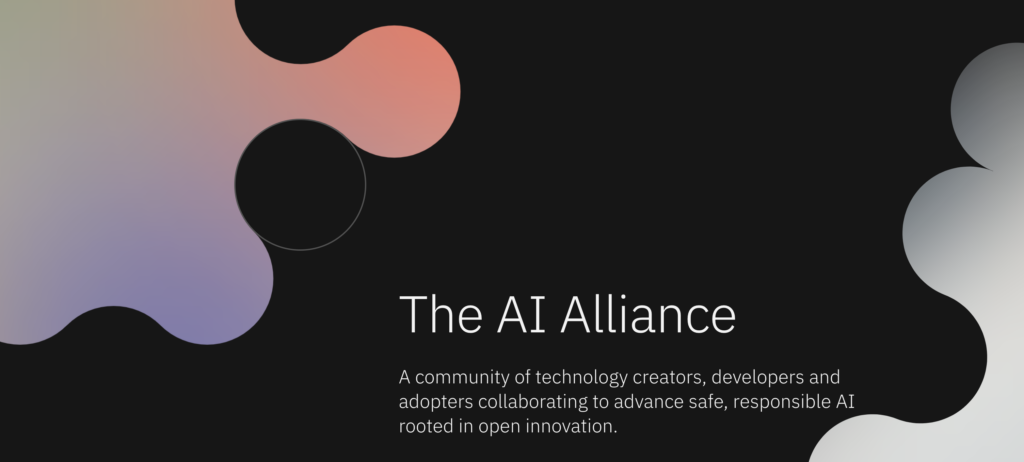
Runway ML, the New York City video AI startup backed by Google and Nvidia, has announced it is partnering with Getty Images, one of the largest repositories of paid stock imagery and editorial imagery in the world, to develop a new generative AI video model: Runway <> Getty Images Model (RGM). This new Runway <> Getty Images Model (RGM) will provide a baseline model upon which companies can build their own custom models for the generation of video content. Runway enterprise customers will be able to fine-tune RGM using their own proprietary datasets. (VentureBeat, Runway ML)

Cisco has unveiled the “Cisco AI Assistant for Security”. The AI Assistant will help customers make informed decisions, augment their tool capabilities and automate complex tasks. The new service has been designed to address the issue wherein increased cyberattacks result in an increasing need for enhanced cybersecurity in organizations. AI Assistant for Security is trained on what is claimed to be one of the largest security-focused data sets in the world, which analyzes more than 550 billion security events daily across the web, email, endpoints, networks and applications. The assistant can understand event triage, impact and scope, root cause analysis and policy design, with an aim to close the gap between cybersecurity intent and outcomes.(CN Beta, Silicon Angle, Cisco)
